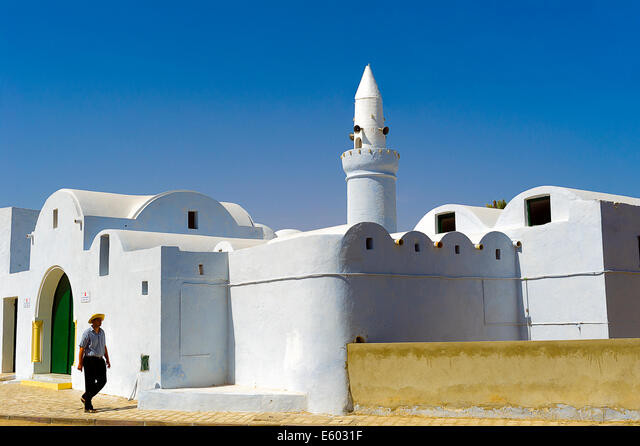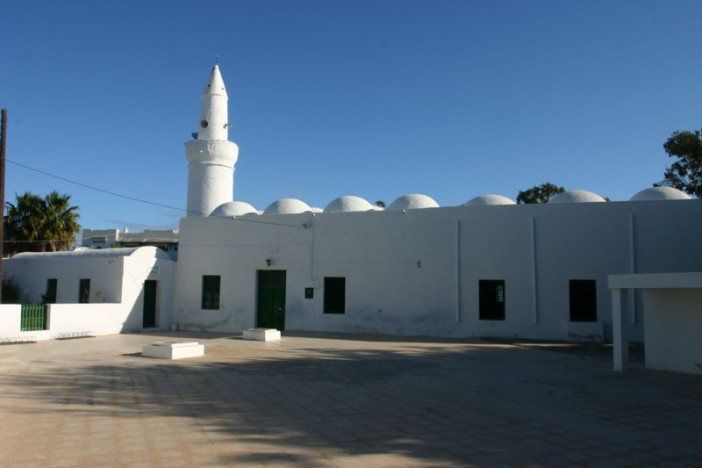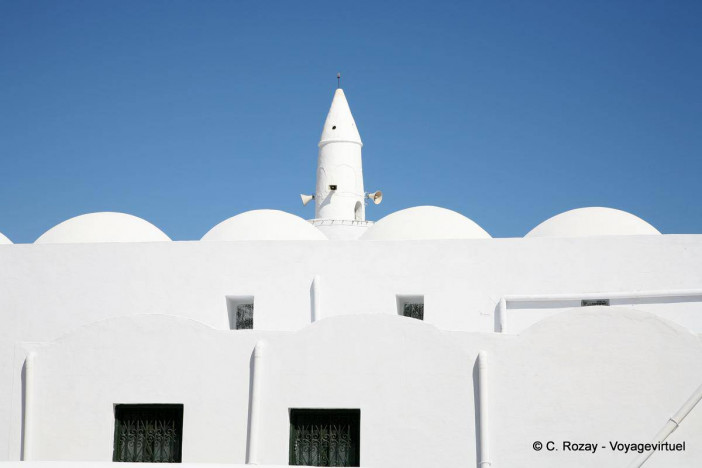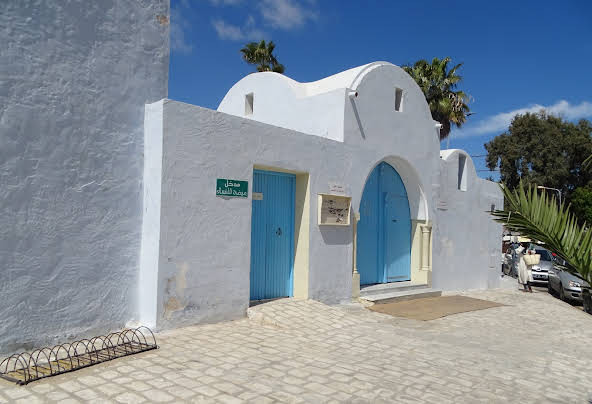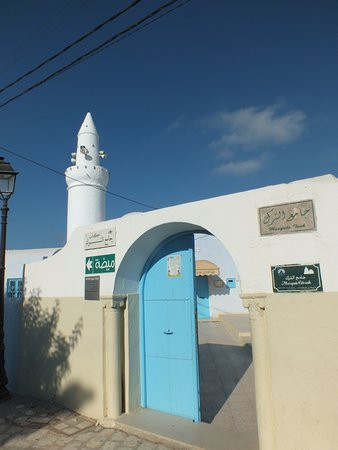The Mosque of the Turks
History
The construction of this mosque dates back to the 16th century, under the impetus of the caïd Ghazi Mustapha Bey installed at Borj El Kebir by Dragut after the execution of the sheikh of the island around 1560. It has been restored on several occasions and listed as a historic monument.
Urban and Architectural
Description
At first, the mosque was the only one that followed the Hanafi rite, a rite of the royal family, the court and certain Turkish families on the island. Later, it was converted into the Maliki ritual.
References
https://en.wikipedia.org/wiki/Mosque_of_the_Turks
https://fr-academic.com/dic.nsf/frwiki/1191270
Details
Location
32 Road 2 march 1934, Houmt Souk, Tunisia
Worshippers
500
Owners
Caïd Ghazi Mustapha Bey
Year of Build
1560
Area
1000
Drawings
Map
History
The construction of this mosque dates back to the 16th century, under the impetus of the caïd Ghazi Mustapha Bey installed at Borj El Kebir by Dragut after the execution of the sheikh of the island around 1560. It has been restored on several occasions and listed as a historic monument.
Urban and Architectural
Description
At first, the mosque was the only one that followed the Hanafi rite, a rite of the royal family, the court and certain Turkish families on the island. Later, it was converted into the Maliki ritual.


